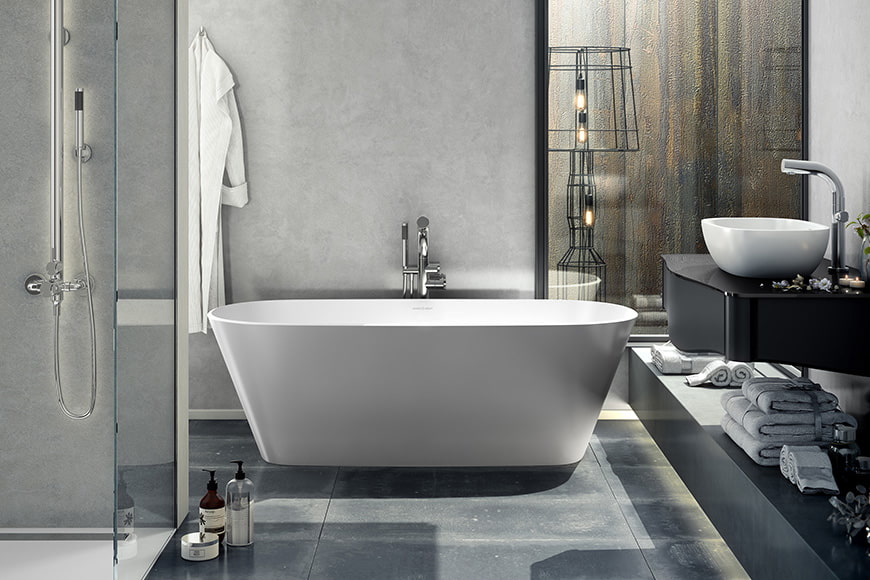The Benefits of Freestanding Baths vs Built-In Baths
Monday 12 February 2024
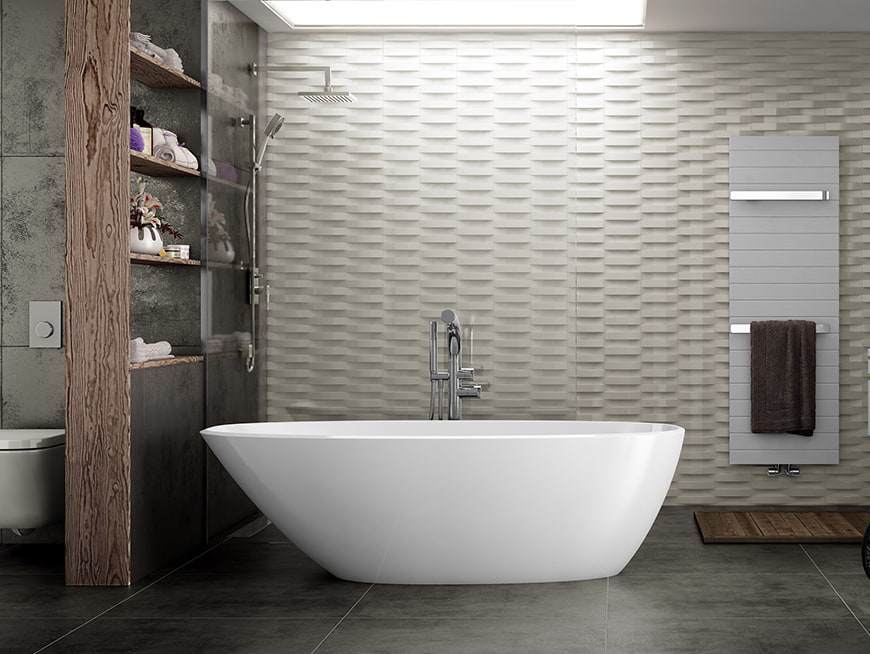
The choice between freestanding and built-in baths is a significant decision when designing or renovating a bathroom. Each style has its own distinct characteristics, providing a unique aesthetic and functionality to your bathing experience.
In the following sections, we'll delve into the specifics of these two bath types, exploring their respective merits and drawbacks. We'll also offer guidance on how to choose the right bath for your home and share some handy tips for installation and maintenance.
Introducing the two bath types and their characteristics
Freestanding Baths
Freestanding baths, as their name suggests, stand alone without the need for any supporting walls or panels. Offering a luxurious, traditional appeal, these baths serve as a focal point in any bathroom. They are available in a wide range of designs and materials, from vintage clawfoot models to sleek modern options.
.jpg)
Built-in Baths
Built-in baths (including drop-in, back to wall and corner set baths), on the other hand, are installed against a wall or within a pre-built encasing. These baths are an extremely versatile choice, blending seamlessly into the overall design of your bathroom. They come in various shapes and sizes, allowing more flexibility in terms of space and layout.
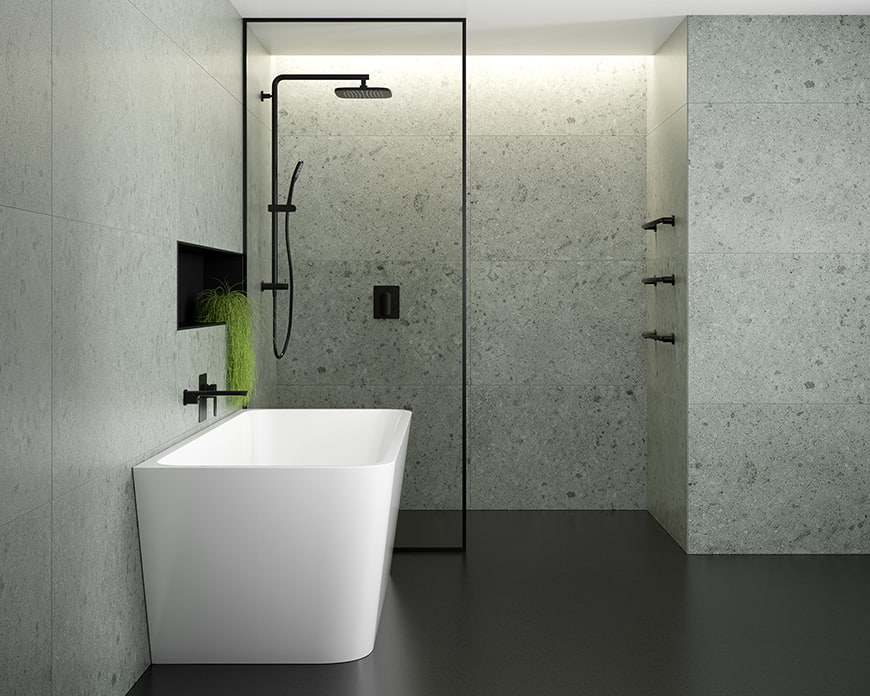
Pros and cons of freestanding baths
Freestanding baths have their own charm and appeal, and they can make your bathroom look elegant and luxurious. However, like any other bathroom feature, they come with their own set of advantages and disadvantages.
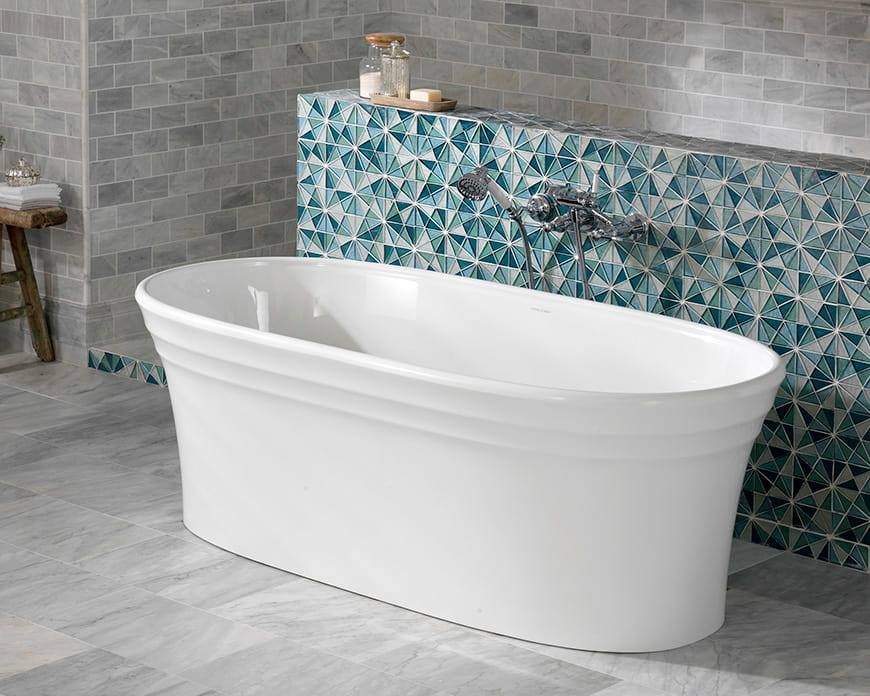
Pros of Freestanding Baths:
- Aesthetic Appeal: Freestanding baths serve as a striking centrepiece in any bathroom, enhancing the room's overall elegance and charm.
- Flexibility: These baths can be placed anywhere in the bathroom, offering flexibility in terms of design and layout.
- Variety of Designs: Available in a wide array of styles and materials, freestanding baths cater to diverse aesthetic preferences, from classic to contemporary.
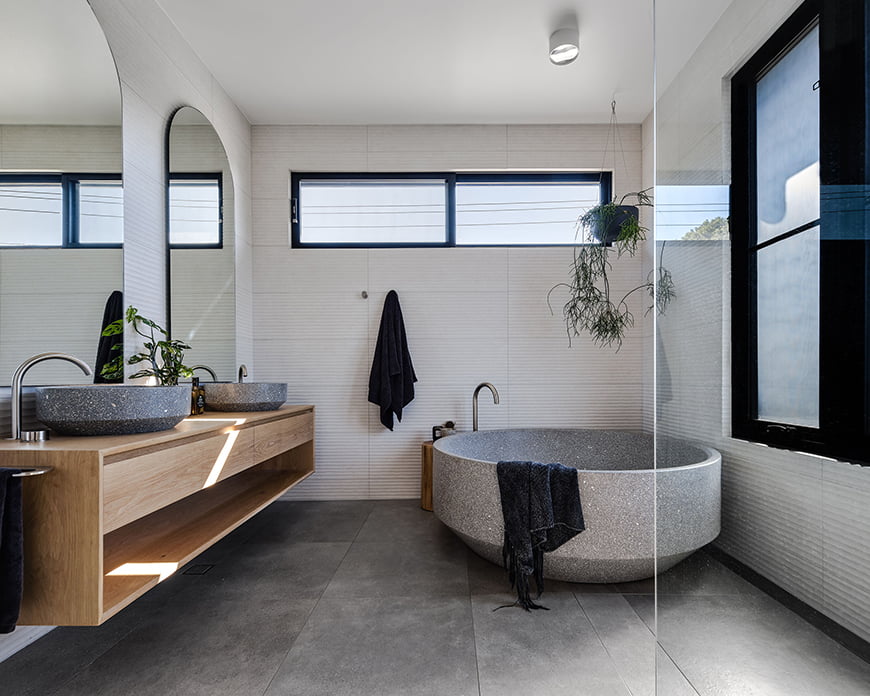
Cons of Freestanding Baths:
- Space Requirements: Freestanding baths typically require more space than built-in baths, making them less suitable for smaller bathrooms.
- Installation Complexity: These baths can be more challenging to install because they often require special plumbing arrangements.
- Cost: Generally, freestanding baths are more expensive than their built-in counterparts, both in terms of the initial purchase and installation costs.
Pros and cons of built-in baths
Built-in baths, also known as alcove baths or inset tubs, are another preferred option for many homeowners. Designed to fit snugly against one or three walls, these baths provide a practical and efficient solution for smaller spaces. Like their freestanding counterparts, built-in baths also come with their unique set of pros and cons.
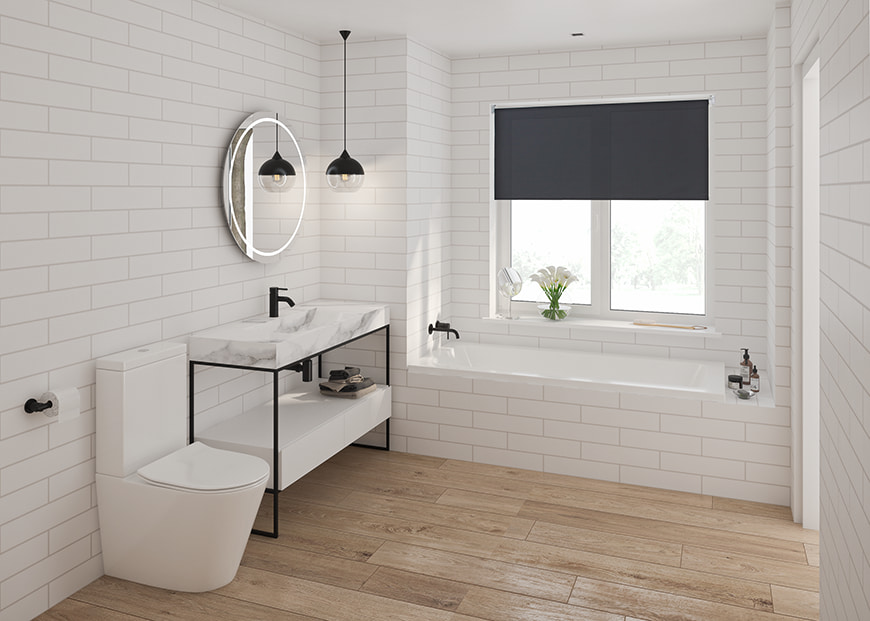
Pros of Built-in Baths:
- Space Efficiency: Built-in baths are space savers, making them an ideal choice for compact bathrooms.
- Ease of Installation: They are relatively easier to install as they don't require specialised plumbing.
- Cost-Effective: Generally, built-in baths are less expensive both in terms of initial cost and installation fees.

Cons of Built-in Baths:
- Limited Design Options: Built-in baths often offer fewer design choices compared to freestanding tubs.
- Reduced Mobility: They provide less flexibility in terms of positioning within the bathroom.
- Cleaning Difficulty: Cleaning around and underneath built-in baths can be a bit challenging.
What type of bath should you choose for your home?
Choosing the right type of bathtub for your home largely depends on your personal preferences, available space, and budget. If you're drawn to the aesthetic appeal and flexibility of a freestanding tub and have ample space to accommodate it, it might be the ideal choice. On the other hand, if you're working with a smaller space or on a tighter budget, a built-in bath could be a more practical solution. It's also important to consider the installation process and ongoing maintenance when making your decision.
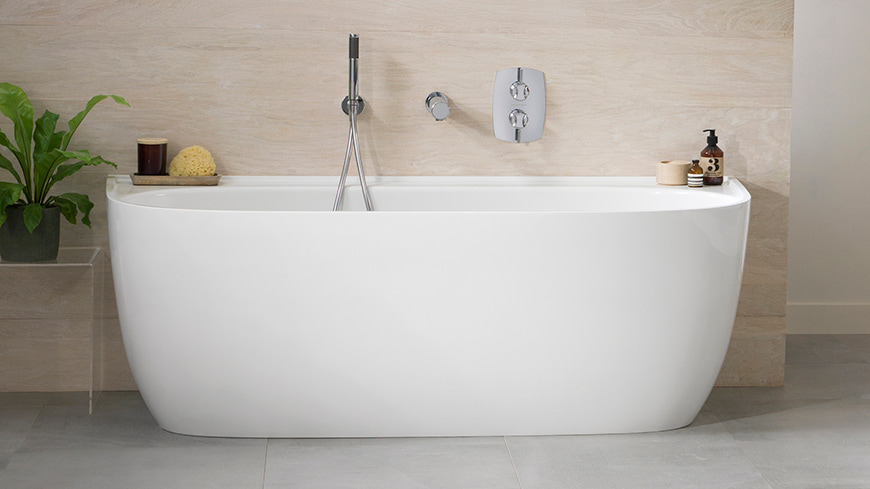
When it comes to choosing a quality bathtub that will last, consider the materials used in its construction. Acrylic and fibreglass are popular choices due to their durability, lightweight nature, and affordability. However, if you're looking for something a bit more luxurious, you might opt for a cast iron or stone resin tub.
As for cost comparison, freestanding tubs generally have a higher initial purchase price and installation cost. However, this can vary significantly based on the materials used and the complexity of the design. Built-in baths, while generally cheaper upfront, may require additional costs for surround materials and could potentially be more difficult to replace in the future. Always remember to factor in these potential expenses when budgeting for your new bathtub.
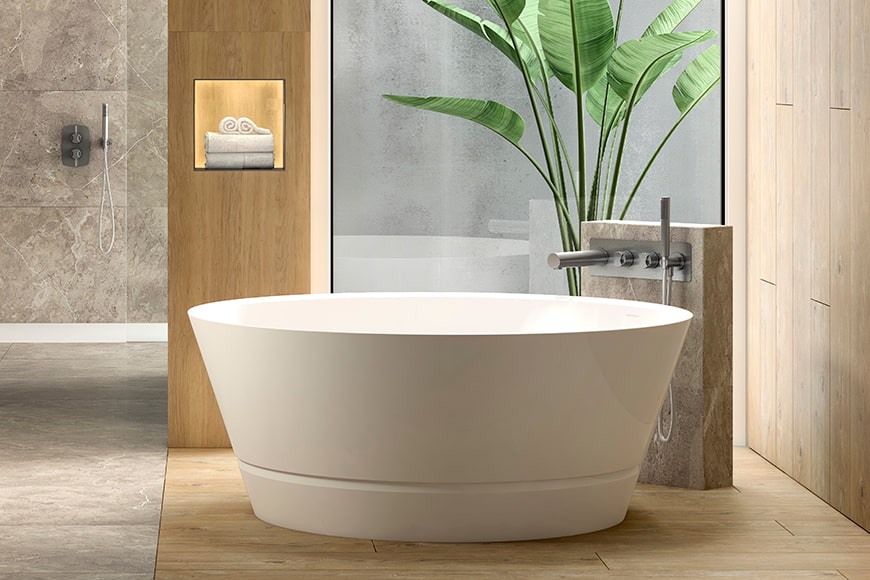
Considerations for maintenance and installation costs
Maintenance and installation costs are often overlooked aspects when choosing a new bathtub. For freestanding tubs, the installation process can be more complex and, therefore, costlier. The area of installation must be sufficiently spacious and the flooring underneath must be structurally sound to support the weight of the tub when filled with water. Plumbing for freestanding tubs might also require additional effort if the design calls for exposed pipes, adding to the cost.
Built-in baths, on the other hand, have their own set of challenges. While initial installation might be less expensive due to standardised plumbing configurations, the potential need for surround materials can increase the overall cost. Regular maintenance of the surrounds and caulking is also necessary to prevent water leaks and damage. Moreover, replacing a built-in bath can be more complicated and costly due to the need to remove and replace surrounding materials.
In conclusion, it's essential to consider not just the initial purchase price, but also the installation and long-term maintenance costs, when choosing a bathtub for your home.
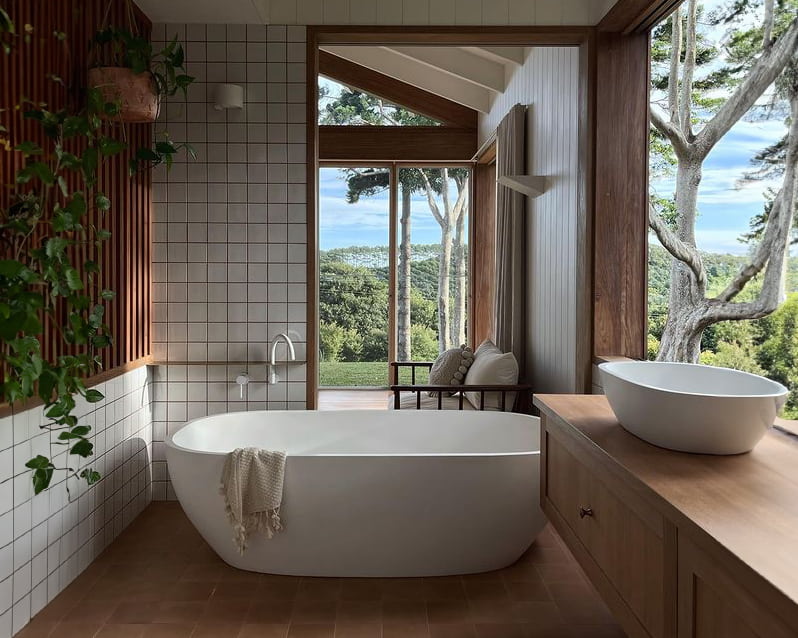
Summary
Ultimately, the choice of a built-in or freestanding bath boils down to personal preference as well as practical considerations. Freestanding baths evoke feelings of luxury and elegance, while built-ins offer practicality and modern musings.
It’s important to weight each factor before making your choice; what looks great in someone else’s bathroom may not be ideal for your own. Ask experienced plumbers and home professionals for advice if you need it.
When considering aesthetics, angles, and space restrictions, there will surely come an appropriate fit for any budget and style. It's just a matter of having the knowledge to make the right decision for your own bathroom needs.
In closing, when it comes to choosing between built-in vs freestanding baths – go with what fits best into your home.
